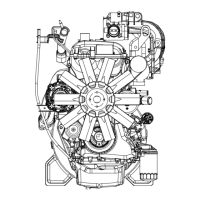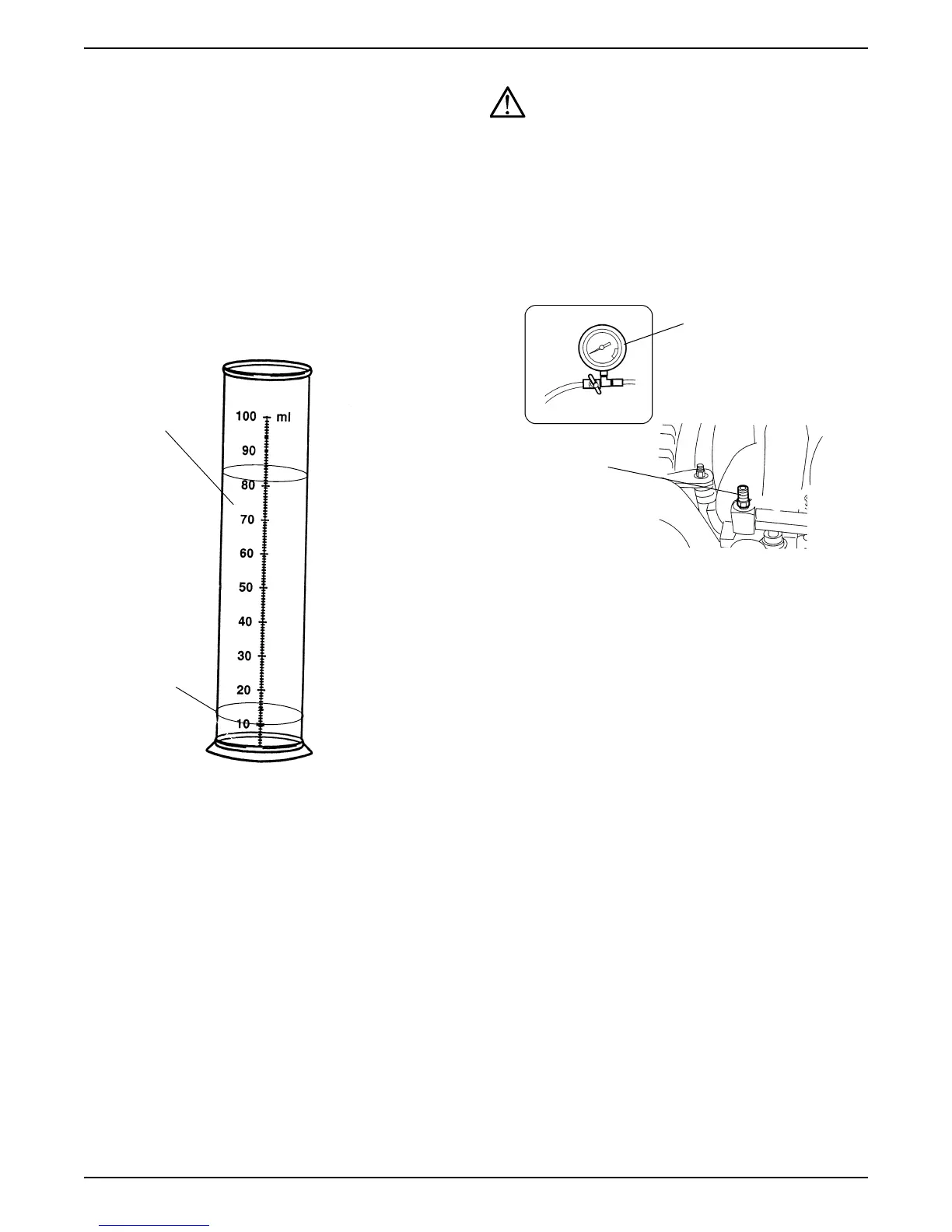DSG-423 FUEL SYSTEM
04-30
DIAGNOSIS AND TESTING - GASOLINE
NOTE: For diagnosis of Electronic Engine Control -
refer to Section 08.
Visual Inspection
Check for dirt or water in the fuel tank. Water and dirt
that accumulate in the fuel tank can cause a restricted
fuel line, filter or a malfunction of the fuel pump.
Condensation, which is the greatest source of water
entering the fuel tank, is formed by moisture in the air
when it strikes the cold interior walls of the fuel tank.
Check the fuel filter. If the accumulation of dirt and water
in the filter is excessive, the fuel tank should be
removed and flushed, and the line from the fuel pump to
the tank should be blown out.
Check fuel lines for damage. Air leakage in the fuel inlet
line can cause low fuel pump pressure and volume.
Check fuel tank vent. A restricted fuel tank vent can
cause low fuel pump pressure and volume and can
result in collapsed inlet hoses or a collapsed fuel tank.
High or low pressure are the two most likely fuel pump
troubles that will affect engine performance. Low
pressure will cause a lean mixture and fuel starvation at
high speeds, and excessive pressure will cause high
fuel consumption and possible flooding.
Fuel Pressure Check
WARNING: REFER TO WARNINGS AT THE
BEGINNING OF THIS SECTION.
1. Remove the Schrader valve cap and attach a fuel
pressure gauge.
2. Bleed air from guage line into a suitable container.
3. Fuel pressure should be as follows:
• Key on, Engine off: 414-448 kPa (60-65 psi)
• Engine running: 414-448 kPa (60-65 psi)
If fuel pressure is insufficient, check for a clogged pump
filter, screen or fuel filter. Also check for a break or
restriction in the fuel lines. If fuel pump is inoperative,
check for damaged or loose ground or improper wiring.
Make sure fuel lines connections area tight and not
leaking.
Fuel
Sample
Water Falls
to Bottom
Fuel Pressure
Gauge 310-012
Schrader
Valve

